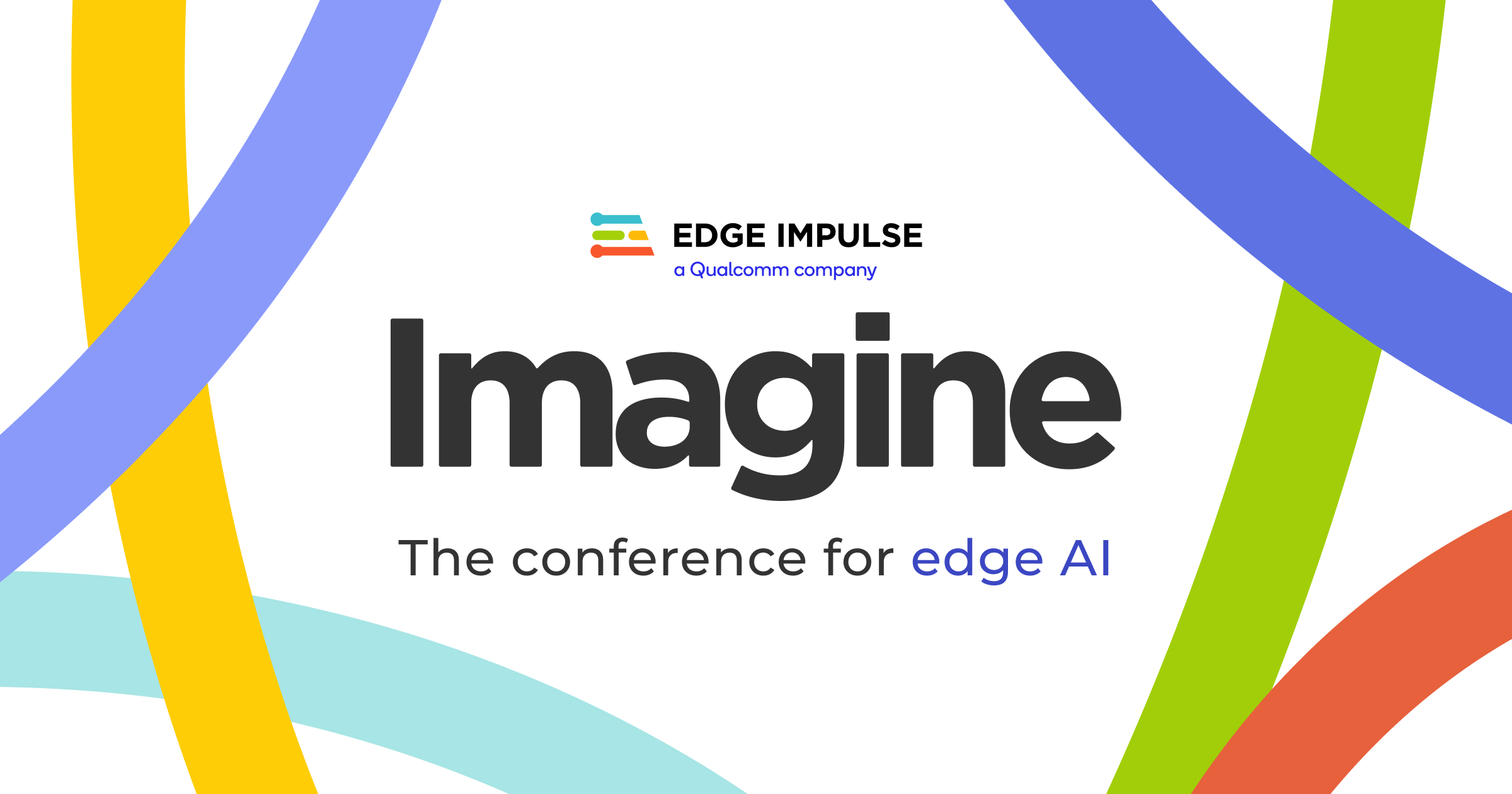Frangipani
Top 20
Could one of our German friends please have a look at this video posted 4 mths ago to do with MB and includes neuromorphic but I can't figure out translation for it....other than the title etc.
I don't believe I could pickup Akida or BRN directly but maybe / hopefully a German review may shed additional light?
TIA.
Dr. Dominic Blum, Artificial Intelligence Research at Mercedes Benz AG, reports on the developments at Mercedes on the topic of autonomous driving and assisted driving. In detail:
Driving assistance systems/Sensors
Sensor Action Integration of AI into the active chain
Problems: Energy consumption & Latency
Possible solutions: Neuromorphic computing (NMC), NMC in the active chain, event-based cameras, spiking neural networks
Hi @Fullmoonfever,
FYI: I already posted in detail about Dominik Blum’s presentation back in October:
https://thestockexchange.com.au/threads/brn-discussion-ongoing.1/post-439352
Here are two excerpts:
“(…) There was one slide that showed - amongst other things - various brands of neuromorphic hardware (ABR, BrainChip, Innatera, Intel, SynSense), including Akida 1.0 and 2.0, but none was mentioned by name. Same with the slide showing the EQXX: there was merely mention of the voice assistant’s keyword spotting having been realised on “a neuromorphic chip”, which was said to have considerably improved this function’s energy efficiency.
(…) To me the gist was that while MB considers neuromorphic computing a very promising technology regarding gains in energy efficiency (which will become more and more important on the path towards cars becoming fully autonomous), they are still at a very early stage of research - Dominik Blum literally said so. There you go, you heard it from the horse’s mouth. So don’t expect neuromorphic technology in any MB serial production cars in the near future. At least that’s what I took away from that presentation (…).”
Have a good weekend
Frangipani
Last edited:





